Hyperpigmentation – one of the most urgent problems of modern cosmetology. This is not strange, because almost every third Ukrainian spends his holidays on foreign beaches.
Given the fact that Ukrainians belong to the second Fitzpatrick skin phototype, it can be safely stated that the problem of hyperpigmentation is very relevant for them.
Exclusively for estet-portal.com Dermatovenereologist, cosmetologist Tatiana Umanets answered the most pressing questions regarding the problem of hyperpigmentation, and also shared her personal experience in using a combined treatment technique.
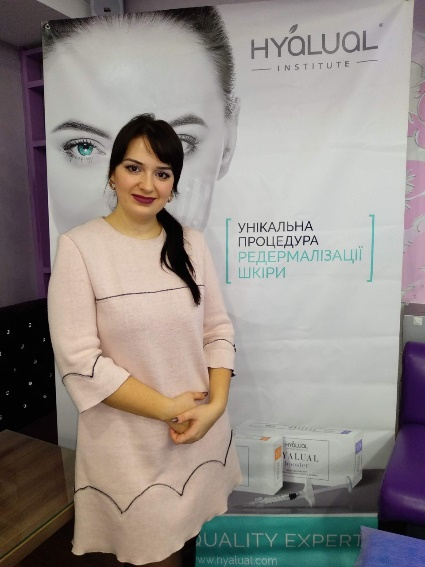
Hyperpigmentation: main causes of development and key points of pathogenesis
T.U.: Pigmentation – it is a complex biochemical process involving specific cells located in the basal layer – melanocytes.
The reasons for the development of pigmentation can be different: exposure to ultraviolet radiation, excessively frequent visits to solariums, pregnancy, menopause, the use of chemical peels that do not match the type of skin, as well as diseases of internal organs (liver, thyroid gland).
The key point in the pathogenesis of pigmentation development is the enhancement of melanogenesis – the process of formation of melanin pigment.
Under the influence of the damaging factor, the production of melanostimulating hormone is activated, which acts on melanocytes, initiating the synthesis of melanosomes.
Subsequently, melanin is distributed in the superficial layers of the epidermis with the help of dendritic processes of melanocytes.
An important fact: with severe photodamage, melanin granules can migrate into the dermis, and such pigmentation is quite stable, since the dermis, unlike the epidermis, does not renew itself regularly.
To get rid of persistent hyperpigmentation, you need to remove the layer of dermis that contains melanosomes.
Follow us on Facebook
Which enzymes are involved in the process of melanogenesis
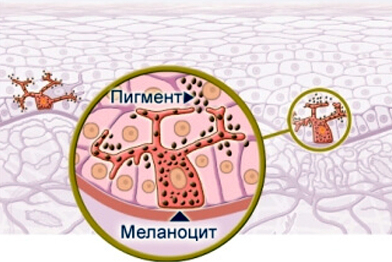
TW: Melanogenesis consists in the biochemical synthesis of melanin with the amino acids L-phenylalanine and L-tyrosine. Several enzymes are involved in this process, the most important of which is tyrosinase.
Tyrosinase is synthesized in the melanosomes of skin melanocytes.
Tyrosinase – it is a copper-containing enzyme that, through oxidation, promotes the acceleration of the formation of melanin from tyrosine.
Given these data, in order to eliminate facial skin pigmentation developed as a result of photodamage, in my practice I use a drug from Institute Hyalual– Hyalual 1.1% -2 ml.
Hyalual 1.1% contains hyaluronic acid (1.1%) and sodium succinate (1.6%).
The mechanism of action of the active ingredients of Hyalual 1.1%
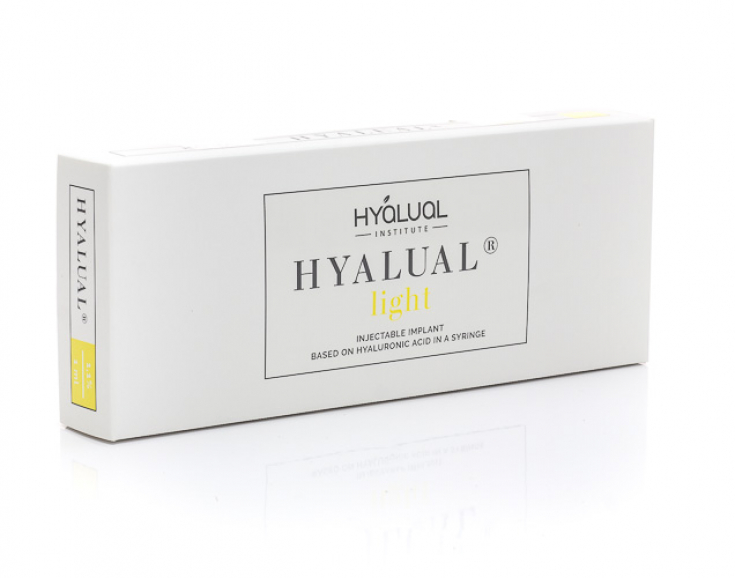
T.U.: Hyaluronic Acid – it is a non-sulfated glycosaminoglycan, which is part of the connective and epithelial tissues.
Hyaluronic acid is one of the main components of the intercellular matrix of connective tissue, which greatly contributes to the initiation of cell proliferation.
In turn, sodium succinate – salt of succinic acid, a dicarboxylic acid with cleavage properties to metals, especially copper.
The cellular center of tyrosinase contains copper, which plays an important role in its activity. During the tyrazinase copper chelation process, the enzyme completely loses its properties.
After being introduced into the body, sodium succinate dissolves and releases succinic acid, which realizes its antioxidant properties by inhibiting the action of oxygen free radicals on melanin. Succinic acid also inhibits the oxidation of tyrosinase.
Safety and Efficiency – the most important properties of a dermal filler for a patient
How to achieve a quick and pronounced effect when correcting hyperpigmentation
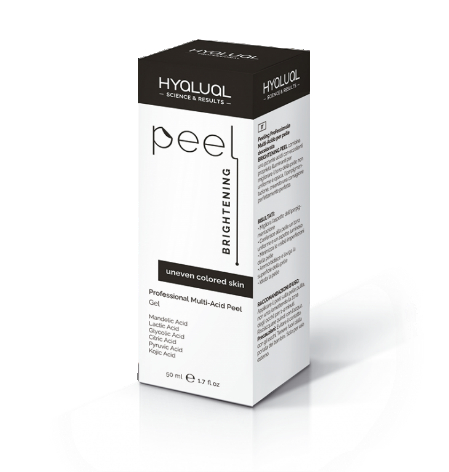
T.W.: For a faster and more pronounced effect, you need to additionally apply exfoliation of the skin with the Brightening Peel Multi-Acid Peel from the Institute Hyalual.
The Brightening Peel contains acids with a pronounced clinically proven brightening effect: lactic, almond, citric, glycolic, pyruvic, kojic.
Thanks to gentle exfoliation, the process of epidermal renewal is faster and more efficient.
Taking into account all the properties of these drugs, in order to combat pigmentation, I used a combined technique of combined use of redermalization and peeling.
Hyaluronic acid fillers and calcium hydroxyapatite: understanding the differences
Tell us about the combined combined use of redermalization and peeling
The course of treatment consisted of three procedures, frequency – once every 14 days.
Procedure protocol consisted of the following steps:
- Skin cleaning;
- Anesthesia;
- Redermalization using Hyalual 1.1% (2 ml) papular intradermally all over the face;
- Degreasing the face surface;
- Application of Brightening Peel (for 4 minutes on the first and 6 minutes on subsequent exposures);
- Cleaning;
- Applying Profi DeLux spray three times;
- Home care with Profi DeLux spray.
The results of the combined combined application of redermalization and peeling are shown in the figure below.
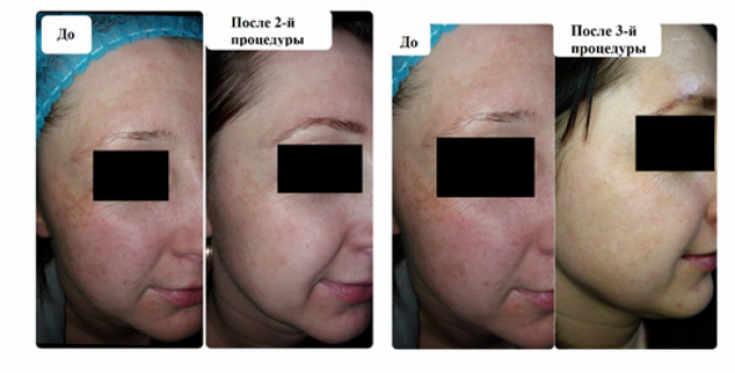
Conclusion: The combined redermalization and peeling technique using Hyalual 1.1% and Brightening Peel showed high results in achieving an anti-age effect , pronounced illuminating, moisturizing and lifting effect.
Thank you for staying with estet-portal.com. Read other interesting articles in the "Cosmetology" section. You may also be interested in Cannula vs. Needle: Different Methods of Hyalual Injection







Add a comment